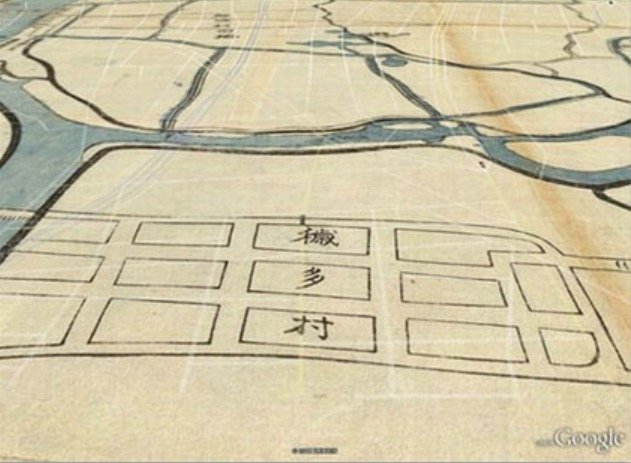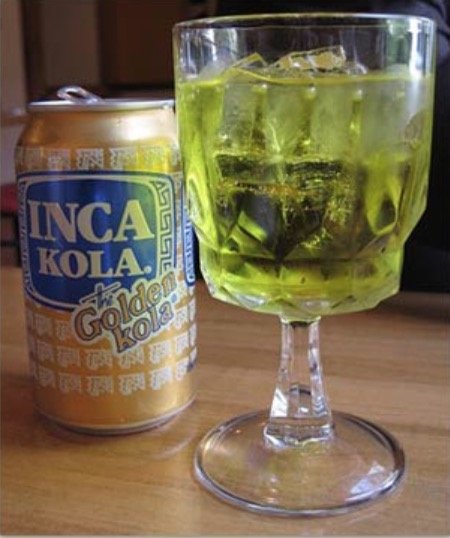Google has revolutionized the world, adding ten points to the collective IQ of humanity by allowing us to summon up the information we need quickly and efficiently. When the company added a cool feature to view classic maps with its Google Earth software, it faced a backlash from some users, as the maps in question show areas of Japanese cities where Japan’s lowest caste used to live. Since the days of Hideyoshi Toyotomi, the infamous almost-Shogun who started out as a peasant farmer yet became the most powerful man in the country, Japanese society had been divided into four sections: samurai warriors, farmers, artisans and merchants. (The merchants were supposedly on the bottom, but since they leant money to everyone else they were actually quite powerful.) There was one more class of people so low they didn’t even merit inclusion in this social system, called the burakumin, who did “unclean” jobs like tanning leather and cremating the dead. (Similar classes of outcasts existed in other Buddhist countries, such as Korea to Thailand.) Today the subject is a huge taboo, almost never discussed openly, and using the old burakumin system to discriminate against people is forbidden under article 11 of the Japanese constitution. I was interested to see that, although the Google issue has been widely reported on by the International press and the blogosphere, it’s been ignored by the domestic masu-komi, as the news media here is called (from “mass communications”). None of the Japanese staff of J-List had even heard about it until I told them.
Google goofed by using maps that reveal the secrets of the past.
















